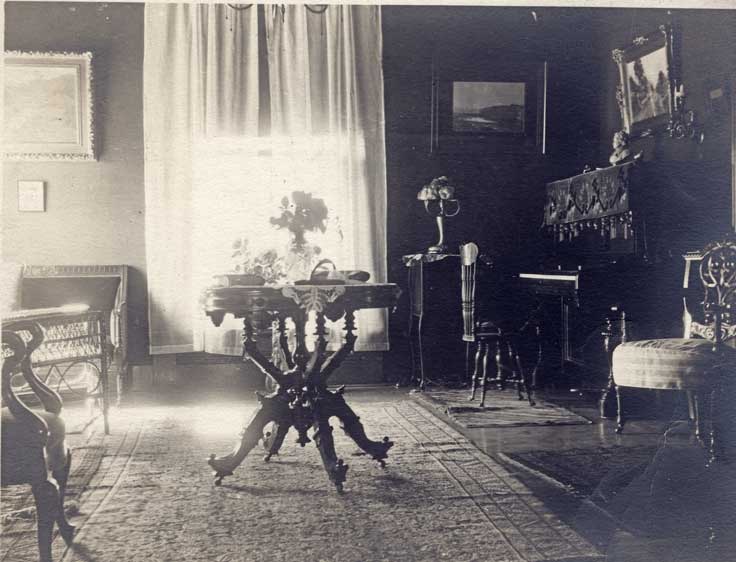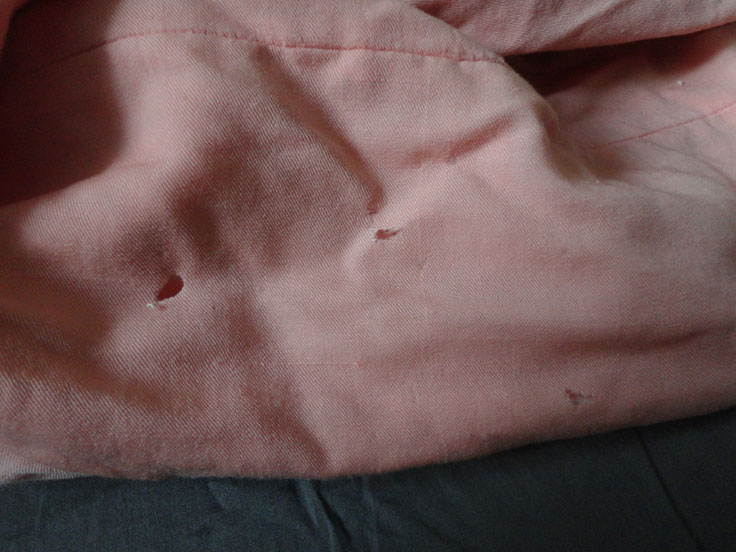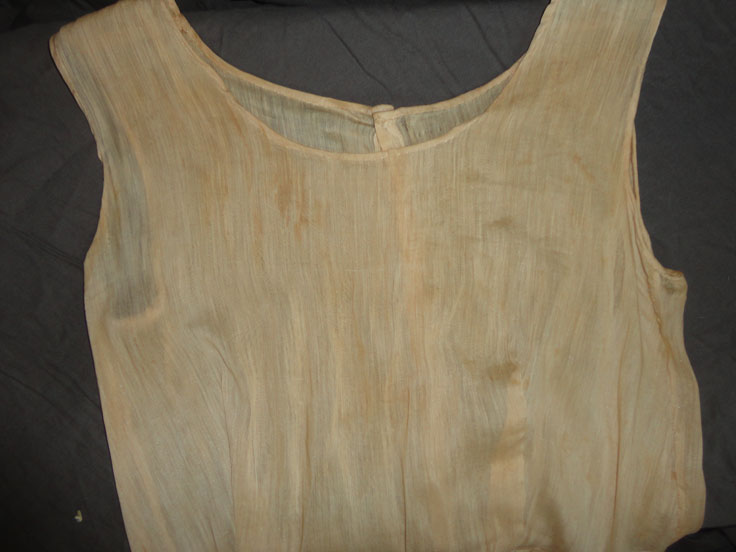
Purchase Tickets
Preserving the “Things” of Your Family’s Past
May 22, 2019

This is part of our Midwestern Roots blog series, where we’ll be sharing exciting sneak peeks and information about the conference. Midwestern Roots Family History and Genealogy Conference will take place July 19 and 20 with preconference workshops on July 18. Find out more about Midwestern Roots and all the local and nationally-renowned speakers we have lined up for you as well as the a la carte preconference workshops in the Midwestern Roots Registration Guide. Follow us on Twitter and use #MRoots2019 to let us know how excited you are about this year’s conference.
It seems like the moment you begin researching your family history every family member comes out of the woodwork to offer you great-grandma’s this or grandpa’s that. Some items are meticulously cared for with specific family stories attached, while others are items passed to you with the vague lore of ownership by “someone on grandma’s side.”
Once you decide which family treasures to keep and preserve for the future, how do you care for them and make sure they are there for generations to come? Well, a lot of that depends on the materials that make up the item. Below are a few environmental factors that can cause harm to family heirlooms and the types of materials most susceptible to damage by them. You can learn more about preserving family heirlooms and how to incorporate them into your family’s story at the Midwestern Roots preconference on Thursday, July 18. Find out more in the registration guide and sign up today!
Light, both fluorescent light and sunlight, can irreversibly fade inks, dyes and other coloring agents. Keep these materials away from direct light: textiles, photographs, ink, and most art mediums.
Pests pose a very real threat to heirlooms. From the insects enjoying a feast to the mice who want warm beds, pests are a major source of frustration. Preventing pests from coming into your home, especially the areas storing family heirlooms, is very important, just make sure not to use harmful chemicals that could also harm your heirlooms, like mothballs. Pests mainly cause problems with “soft” materials like textiles, paper, fur, leather and wood.

Holes resulting from insects eating a wool dress.
Moisture can wreak havoc on numerous materials as it can create a prime environment for mold, and weakens many materials increasing their susceptibility to damage. Few materials are not permanently harmed by moisture (like glass and ceramics) but many can be, such as paper, textiles, photographs, wood, leather and metal.
Temperature is another environmental element that can have negative effects on family heirlooms. Keeping items in climates that change temperature drastically can spell disaster for certain materials. Areas like attics are the most prone to major temperature fluctuations and should not be used to store: textiles, paper, wood, leather or metal.
Acid should also be considered when storing family heirlooms. Acidic wooden chests and cardboard boxes can cause stains on certain materials that are impossible to get out. Acid occurs naturally when wood or items made from wood pulp break down as they age. Any part of an heirloom that is touching that acidic wood can be irreversibly stained. Materials most susceptible to acid staining are textiles, paper and photographs.

Brown acid-stains on a white 1920s wedding dress.
I hope these few tips help you preserve your precious family heirlooms from harmful environmental factors. Make sure to store items in well-ventilated, dry areas and check in on them often to make sure pests and moisture have not found them.









